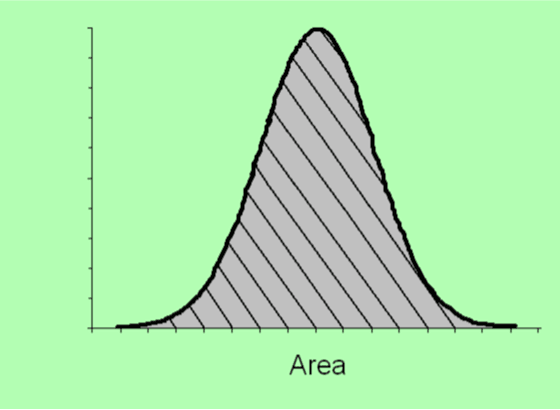Learn the essentials of peak integration in chromatographic analysis, including integration types, common errors, influencing factors, and practical tips to avoid mistakes.
Peak integration is the process of calculating the area under a chromatographic peak, taking into account factors such as peak width, height, and retention time to accurately quantify the analyte.
Chromatographic peak integration is a critical aspect of pharmaceutical analysis, such as HPLC, GC; LCMS and GCMS, where precision and accuracy are paramount. Even a minor error in integration can lead to significant discrepancies in quantitative results, potentially impacting product quality, regulatory compliance, and patient safety. When chromatographic peaks are symmetrical and well resolved, integration is generally straightforward. However, real-world samples often present challenges, such as unsymmetrical peaks and poor separation from adjacent peaks, which complicate the integration process and increase the risk of error.
Recognising the importance of mastering this skill, I’ve created this article to share practical, experience-based knowledge on chromatographic peak integration. In the sections that follow, you’ll gain insights into the fundamentals of integration, types of peak integration, factors that influence integration accuracy, common errors and their causes, effective strategies to minimise integration mistakes, and answers to frequently asked questions (FAQs). Whether you’re a beginner or looking to sharpen your existing skills, this guide will help you navigate the complexities of chromatographic data processing with greater confidence.
Figure-1

You may like:
How To Control Impurities In Pharmaceuticals: Get Mastery In …
Peak integration is the process of calculating the area under a chromatographic peak, taking into account factors such as peak width, height, and retention time to accurately quantify the analyte.
The integration may be performed in the following modes:
The following parameters play an important role in peak integration:
The following integrations are widely used in pharmaceutical analysis:
The following types of integrations are widely used in chromatographic analysis:
In this integration, a vertical line is drawn between the start and stop points of the peak. (see Figure 2)
In this integration, the peak valley is considered as the start and end point. This integration is performed only where there is no base-to-base separation between the two peaks (see figure-2)
In some cases, small unresolved peaks elute on the shoulder of the main peak. The main peak is called the parent peak, and the smaller peak is called the child peak or shoulder peak. During integration, a tangent line is drawn to skim the unresolved child peak from the parent peak. In this case, the area under the skimmed peak (child peak) is added to the parent peak and not to the skimmed peak (see Figure 2)
During integration, a curvature is created to skim the unresolved child peak from the parent peak. (see Figure 2)
Figure – 2

No
The following factors may affect the integration:
Ideally, their peak should be symmetrical, and there should be base-to-base separation between the adjacent peaks to avoid any error. But it is not possible in all cases. To avoid ingratiation error, proactive approaches should be applied at the method development stage
New method: Develop the method in such a way that there should be bases to base separation between the adjacent peaks, and the peak should be sharp and symmetrical. The detailed procedure of ingratiation must be mentioned in the method
Existing method: The detailed procedure with proper justification must be mentioned should be mentioned in the method
The following figure 3 explains the correct and incorrect integrations:

Chromatographic peak integration is a fundamental skill in pharmaceutical analysis, directly impacting the accuracy and reliability of analytical results. While integrating well-resolved, symmetrical peaks is relatively straightforward, real-world challenges, such as overlapping peaks, baseline noise, and peak asymmetry—require deeper understanding and careful technique. By recognising common integration errors and applying best practices, analysts can significantly improve data integrity and ensure compliance with regulatory standards. Mastery of this process not only enhances analytical precision but also supports the overall quality and safety of pharmaceutical products.
Related:
Peak integration in HPLC is the process of calculating the area under a chromatographic peak, taking into account factors such as peak width, height, and retention time to accurately quantify the analyte.
Factors like Noise interference, Peak shape, tailing factors, Resolution, and Theoretical plate affecting the peak integration
Further Reading
Quick Links